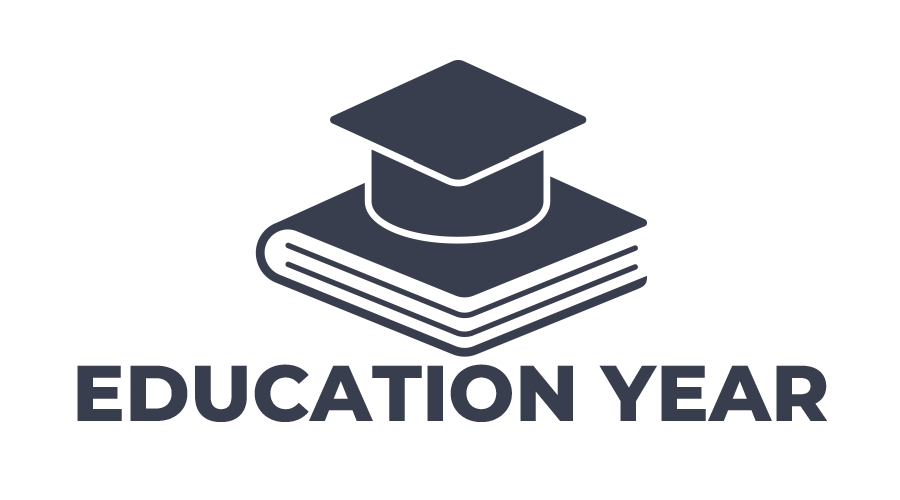Imagine a classroom where every student represents a data point, and the teacher, our learning algorithm, tries to understand them all. Some students grasp the lesson instantly, while others struggle. A good teacher doesn’t give up; instead, she adjusts her approach, focusing more on those who made mistakes. With every round, she learns to teach better, ensuring no student is left behind.
That’s the essence of Boosting, a learning paradigm that refines its understanding of data through persistence and adaptability. For learners pursuing a data science course in Hyderabad, Boosting represents not just a technique, but a mindset: one that turns failure into feedback and misclassification into mastery.
From Weak Learners to a Stronger Whole
Boosting begins humbly. It starts with a weak learner a simple model, like a decision stump that barely performs better than random guessing. But instead of discarding its imperfections, Boosting embraces them.
In the next round, it looks back at the mistakes, giving more weight to the misclassified data points. The next model focuses harder on those problem cases, learning from past failures. As this process repeats, dozens or hundreds of these weak models combine to form a powerful ensemble, a collective intelligence that outperforms any single participant.
This approach mirrors how we humans learn through iteration, correction, and refinement. In the world of machine learning, Boosting proves that the road to accuracy is paved with learned mistakes, not perfect starts.
Case Study 1: Detecting Financial Fraud through Adaptive Focus
In the dynamic world of online banking, fraudulent transactions are like shadows — few in number but constantly changing shape. Traditional classifiers often falter because they’re overwhelmed by the sheer volume of normal data, neglecting the rare yet crucial anomalies.
A major fintech company used Adaptive Boosting (AdaBoost) to tackle this imbalance. By reweighting the fraudulent samples after each iteration, the algorithm gave special attention to transactions it previously misclassified. With each cycle, its “eye” for deceit sharpened.
The outcome was striking: the system detected subtle, evolving fraud patterns that even deep learning networks missed. Boosting didn’t just enhance detection accuracy — it demonstrated the power of persistence, teaching machines that every misstep is a clue worth studying. For students diving into a data science course in Hyderabad, such real-world examples underscore how ensemble thinking mirrors the logic of real-life vigilance, focusing not on what’s easy, but on what’s essential.
Case Study 2: Medical Diagnosis through Incremental Precision
In a clinical research lab, data scientists faced a daunting challenge in predicting early-onset diabetes from patient records. Standard models struggled, as many cases hovered in uncertain zones between healthy and high-risk.
The team turned to Gradient Boosting, an advanced form of the technique. Instead of simply reweighting errors, this version sequentially built models that minimised the residual errors in the tiny gaps left between predictions and reality. Each subsequent learner fine-tuned the model’s understanding, layer by layer, much like a sculptor chiselling details into a marble statue.
The result was a model that achieved remarkable accuracy without overfitting, a rare feat in medical data. For the healthcare team, Boosting became more than a method; it became a philosophy of incremental improvement, where precision is achieved one correction at a time.
Case Study 3: Personalised Recommendations for Streaming Platforms
A leading OTT platform wanted to personalise movie recommendations for millions of users. Simple collaborative filtering models worked, but they struggled to adapt to rapidly changing user behaviour — a user who watched thrillers last week might binge romantic dramas today.
By employing XGBoost (Extreme Gradient Boosting), the platform built a recommendation engine that continuously learned from its own errors. If the model wrongly predicted that a user would enjoy a particular genre, it recalibrated the weight of that user’s preferences, learning to interpret subtle contextual cues like viewing time, device type, and seasonality.
The results were both commercially and experientially powerful; users spent more time on the platform, engagement soared, and content discovery felt intuitive. This case highlighted how Boosting, with its adaptability and attention to missteps, can turn predictive analytics into a personalised experience.
The Philosophy of Boosting: Strength in Diversity
Boosting isn’t about perfection; it’s about diversity and collaboration. Each weak learner captures a unique angle of the data, a fragment of understanding. Together, these fragments form a mosaic of insight. The key lies in weight adjustment by assigning importance to difficult instances. Boosting transforms failure into an opportunity for collective improvement.
This principle extends beyond algorithms. In business, education, or even art, progress emerges from revisiting errors with renewed perspective. Boosting’s genius lies in its humility: it doesn’t assume omniscience; it evolves toward wisdom.
Conclusion: Learning from the Hard Cases
Boosting reminds us that intelligence, human or artificial, is forged through feedback. It turns a classroom of weak learners into a symphony of strength, where each iteration adds depth, clarity, and focus.
For those advancing through a data science course in Hyderabad, mastering Boosting means more than understanding ensemble algorithms; it’s about adopting a mindset of relentless improvement. Each misclassified point is not a setback but a stepping stone toward excellence.
In the end, Boosting teaches an enduring truth: learning is not about being right the first time, it’s about becoming less wrong, one iteration at a time.


